How well do you know Victorian Kenilworth?
Try this quiz, and check your answers in
Victorian Kenilworth and its People
(although one or two may be found on this website!)
This quiz is now about 15 years old; hopefully there are some that still find it interesting!
|
1) Today’s numbers 1 & 3 New Street once played a vital role in the town’s affairs, but what?
|
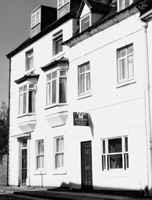 |
* * *
2) Which road was described in 1889 as “the most stupid, the most awkward, the most crooked as well as the most dangerous thoroughfare in Kenilworth” and had the appearance “of a dried up river bed.” ?
a) Borrowell Lane b) Spring Lane c) Castle Hill d) New Street e) Whitemoor Road
* * *
3) Which pub, built in about 1867, was to be the last opened in Kenilworth for almost a century?
* * *
4) Which Kenilworth cricketer was mobbed whilst touring the West Indies with England?
* * *
| 5) This area, opposite Odibourne Terrace in School Lane, was a proposed site for what facility? | 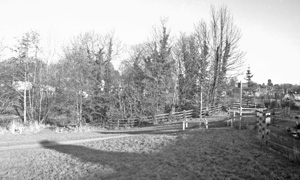 |
* * *
6) During the Victorian years, Mill End is known to have flooded on how many occasions?
a) twice b) three times c) four times d) five times e) six times
* * *
7) Kenilworth Cricket Club twice lost its pitch, in 1844 and 1884, due to the building of roads across the land. Which roads?
* * *
8) What is the origin of the names of:
a) Bertie Road b) Barrow Road c) Southbank Road d) Queens Road
* * *
| 9) What is the origin of this pub’s unique name? | 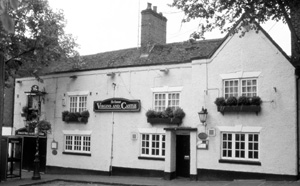 |
* * *
10) Four of Kenilworth’s nine Victorian Volunteer Fire Brigade Captains had the same profession. Were they:
a) farmers b) lawyers c) doctors d) clergy e) publicans
* * *
11) The Convalescent Home in High Street, opened in 1878, was converted from:
a) a school b) an inn c) a house d) a comb factory e) a furniture warehouse
* * *
12) What is the connection between St John’s Church and the National Portrait Gallery?
* * *
13) What is the link between those buried in these three graves, and who is missing that would complete the syndicate of four?
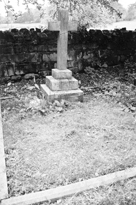
William Evans |
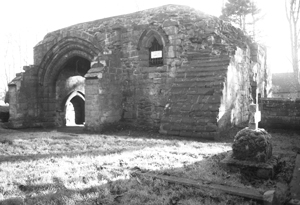
Samuel Forrest |
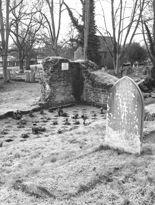
Luke Heynes |
* * *
14) Kenilworth Town Football Club was formed from members of:
a) The farm workers union b) A church organisation c) A school’s old boys club
d) The working men’s club e) The tannery workforce
* * *
15) How many private sidings were connected to Kenilworth’s railway line? Which businesses did they serve?
* * *
16) George Potter, the son of an Albion Street carpenter, was in 1872 the:
a) President of the TUC b) Bishop of Durham c) Chief Constable of Warwickshire
d) MP for Coventry e) Opening batsman for England
* * *
| 17) What major event here was witnessed by hundreds of people? | 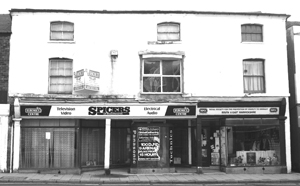 |
* * *
18) In 1900, which road became the first in Kenilworth to be lit with electricity?
a) Warwick Road b) High Street c) New Street d) Leamington Road e) Whitemoor Road
* * *
19) The main necessity which led to the purchase of the Abbey Fields was:
a) Somewhere to build the swimming pool b) To provide cricket and football pitches c) To provide promenades and walks for the local gentry d) To extend the churchyard e) To enable an excavation of the Abbey remains
* * *
20) Where was:
a) Kenilworth’s Zoo? b) Kenilworth’s first political club? c) Kenilworth’s first Working Men’s Club?
d) Kenilworth’s first Salvation Army meeting?
* * *